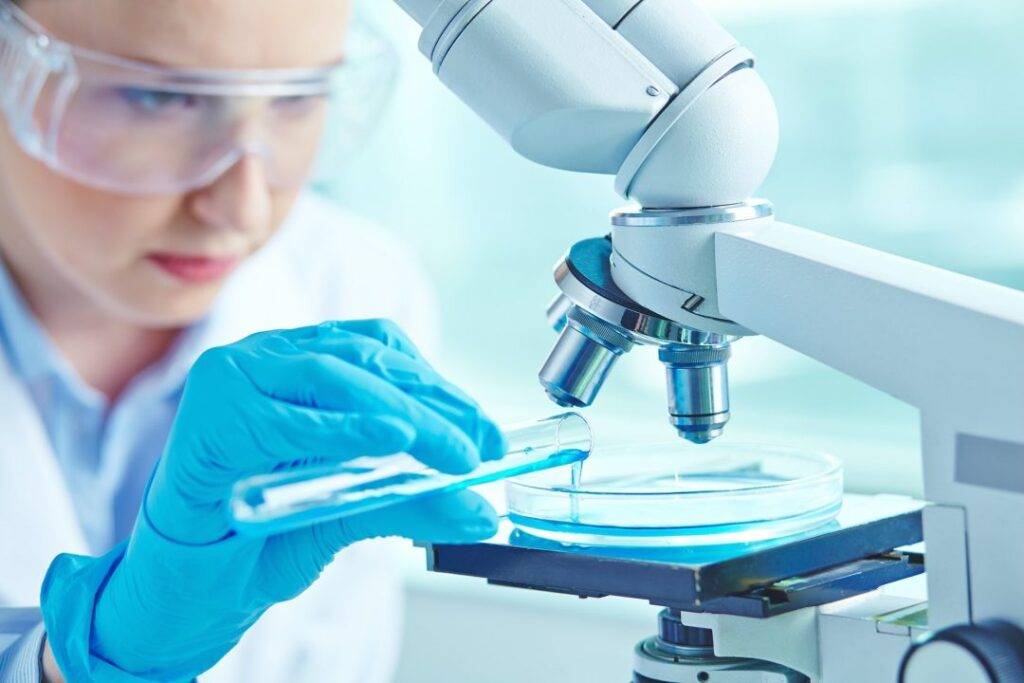Structure, Function and Role of G-proteins in Signal Transduction
G-proteins are composed of three different proteins consisting of an alpha, beta and gamma subunits. The interaction between the receptor and the G-protein causes a transfer of a guanosine trisphosphate or GTP for a guanosine diphosphate GDP on the alpha subunit. This means that when the receptor-G-protein complex is not activated, GDP is bound to the alpha subunit and during activation, GTP replaces the GDP. The GTP then activates the alpha subunit which causes the beta and gamma subunit complex to undergo a conformational change which allows them to separate from the alpha subunit. The beta-gamma subunit complex then interacts with another structure in the cell called adenylate cyclase. The interaction between the adenylate cyclase and the beta-gamma complex activates the adenylate cyclase to produce cyclic AMP or cAMP, the second messenger. The alpha subunit then hydrolyzes the GTP back to GDP which causes the beta-gamma complex to rebind with the alpha subunit. The G-protein is inactivated once again waiting for another wave of chemical signals.
Signal Transduction by G Proteins: Basic Principles
This chapter deals with the mechanism of activation/deactivation, and the actions of the heterotrimeric G proteins responsible for transducing the binding of a signaling molecule to its seven-transmembrane receptor into cellular responses. The process by which the extracellular ligand–receptor interaction leads to changes inside the cell is commonly referred to as “signal transduction” and a ligand is the extracellular signal whose message is transduced into an intracellular signal of a different chemical nature. The signals generated in this way are second messengers, such as ions entering through ligand-gated ion channels; signaling molecules derived from the receptor itself; products of the activation of the receptor’s intrinsic enzymatic activities; tyrosine phosphorylation, first of self and then of proteins recruited to the phosphorylated receptor, as happens when EGF, PDGF, and insulin bind to their respective homodimeric receptors; and sequential serine/threonine phosphorylation, also first of self and then of cytosolic transducing proteins such as R-SMADs by phosphorylated receptor I, as it happens in response to interaction of the TGF β and bone morphogenic protein (BMP) family of signaling molecules with their heteromeric receptors. The use of heterotrimeric G proteins as signal transducers constitutes yet a different type of signal transduction process


